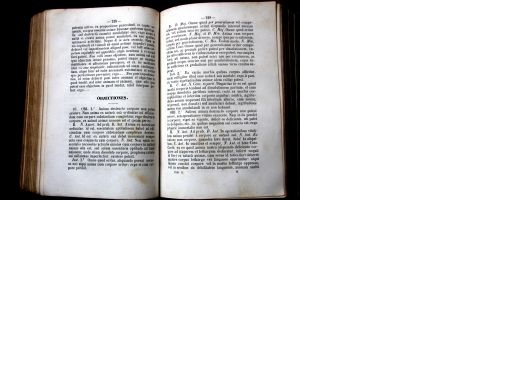September 22, 2011
Records Scanning and Old Microfilm Systems
Records scanning is closing a gap that widens as technology advances. A good way to view this is to compare requirements to use system before and after records scanning. By this I mean comparing a system that uses hardcopy format records and one that made use of records scanning and is all digital imaging.
A government office in Chicago Illinois is now in the process of converting harcopy documents to microfiche. This would not include records scanning because the documents are instead filmed and then place on microfiche. The microfiche retrieval system will create a hardcopy type system without the benefit of advanced technology. Records scanning is more in tune with computer and internet systems.
Faster and more efficient services has always lead the way. Records scanning fits right inline and serves the purpose of fulfilling this need. Records scanning enables advanced systems to take advantage of the digital images to provide a fully automated storage and retrieval system. Prior to records scanning, a microfilm system requires lots of human intervention that is much slower and more expensive to maintain. Nevertheless, some companies still need to maintain a microfilm system. But, sooner or later, records scanning will probably be considered, if not for efficiency, for safety issues. Microfilm has a limited life span as well. There are many other reasons for records scanning and the best way to become aware of this is to contact a professional.


